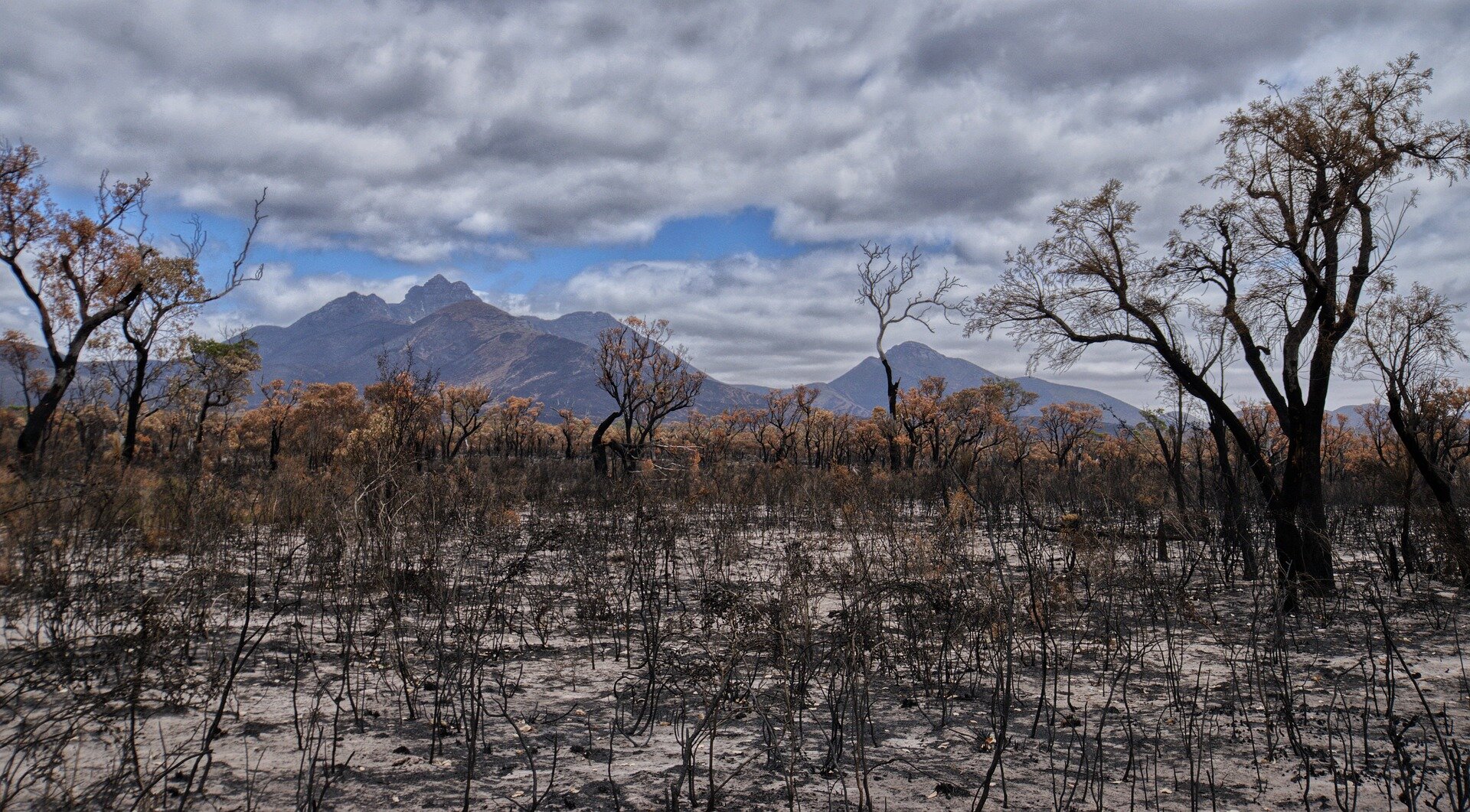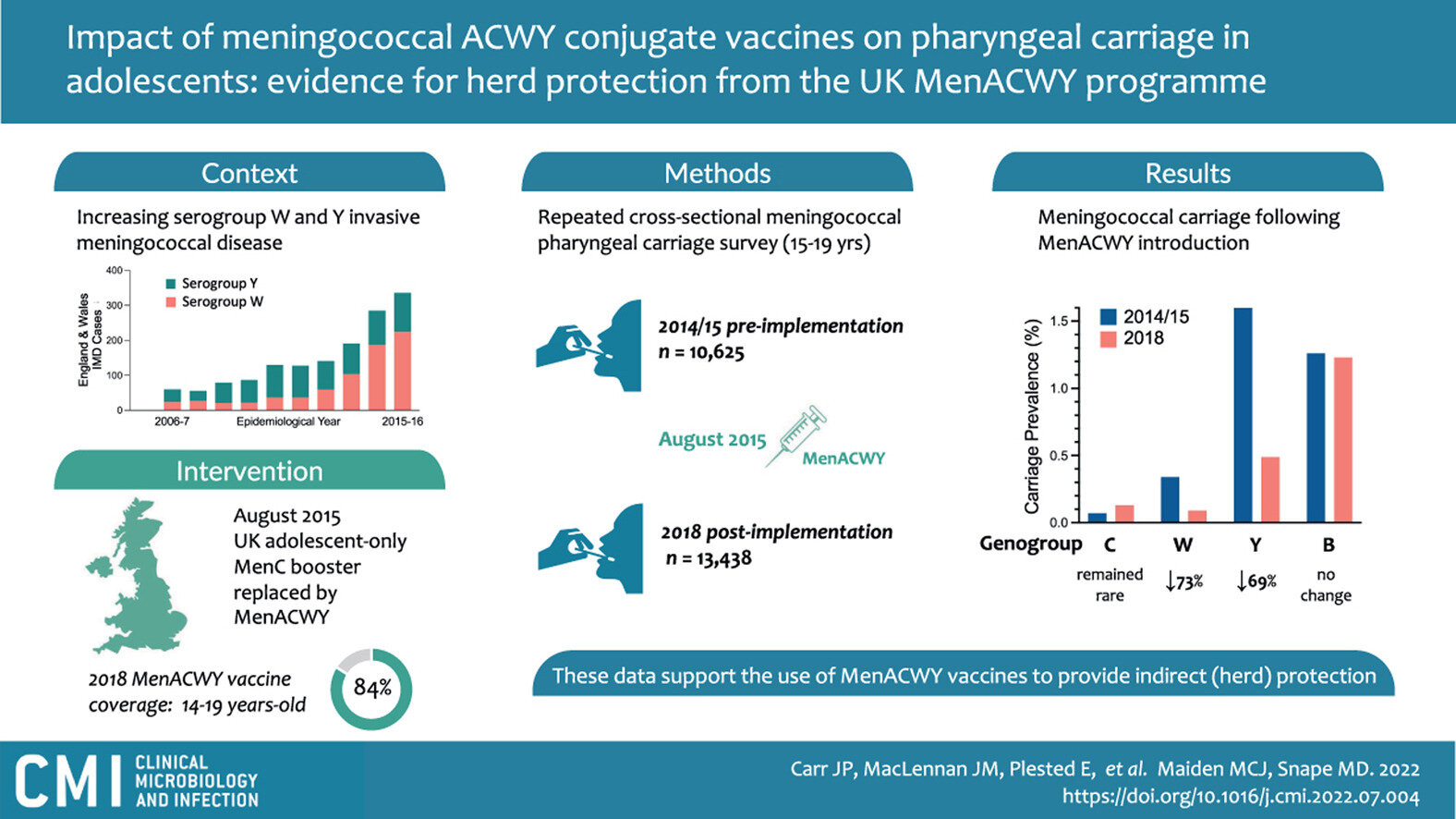Credit: Terry Sharp/Pixabay
Australia is approaching a “perfect storm” as climate change increases the frequency of disasters and makes the population tired, vulnerable and less resilient thanks to almost three years of continuous emergencies, according to the author of Perspective published today Medical Journal of Australia.
Professor George Breitberg, professor of emergency medicine at the University of Melbourne and Austin Health, wrote that the impact of a disaster can be determined by three factors:
- the hazard itself (an extreme event that can be natural or man-made);
- vulnerability of affected people; and
- options or measures that can be taken to reduce or combat possible adverse effects.
“Looked through the lens of disaster medicine, we are approaching a ‘perfect storm,'” Professor Breitberg wrote.
“We have a complex hazard affecting a tired and less resilient community without agreement on a comprehensive set of mitigation measures.”
There is currently no climate emergency declared by the Australian federal government. Thus, there is no agreed definition of the problem, and therefore no clear road map for emergency actions.
“We need systems that address the underlying problem and help manage the associated disasters,” Professor Breitberg wrote.
“We need to stop blaming ‘nature’ or treating them as ‘natural acts’ so that we can prepare accountable, proactive preventative approaches to reduce their impact.
“Associating disasters with nature provides a convenient rationalization for those whose role is to develop the policies and strategic and instrumental measures needed to reduce risk, hazard and vulnerability impacts and increase societal resilience.”
Professor Breitberg warned that the Australian community was “tired”.
“Since December 2019, Australia has faced ongoing societal sustainability challenges,” he wrote.
“In 2019-2020, bushfires burned more than 17 million hectares across the country, the largest area in a single fire season on record in eastern Australia. Unfortunately, 34 people died, and the damage amounted to 1.9 billion dollars. insurance claims surpassed the 2009 Black Saturday fires.
“As of 12 September 2022, Australia has reported 10,112,229 confirmed cases of COVID-19 with 14,421 deaths.
“It would be fair to say that the resilience of our community and health workers to face further disasters is being challenged; this is an important consideration when considering our ability to respond and recover from climate changecaused by disasters in the following decades.
“Climate change is real and the scale of disasters will increase. Our preparedness and response efforts must be evidence-based. We have to focus on community support and recovery, establishing targeted programs for vulnerable populations that provide sustainable financial security and social connectivity,” he concluded.
George Breitberg, Climate Change Seen Through the Lens of Disaster Medicine, Medical Journal of Australia (2022). DOI: 10.5694/mja2.51730
Courtesy of the Medical Journal of Australia
Citation: Fatigued Aussies face ‘perfect storm’ of climate change disasters (2022, October 10) Retrieved October 10, 2022, from https://medicalxpress.com/news/2022-10-fatigued-aussies-storm-climate -change- fuel.html
This document is subject to copyright. Except in good faith for the purpose of private study or research, no part may be reproduced without written permission. The content is provided for informational purposes only.








